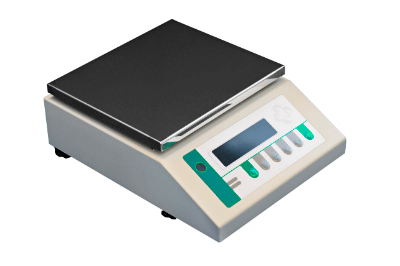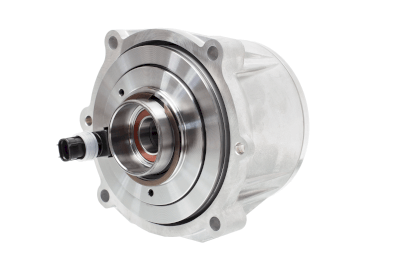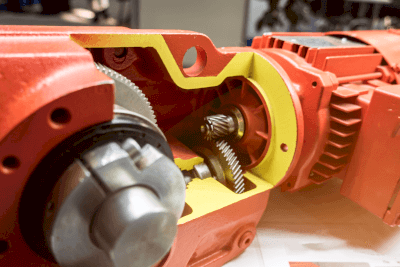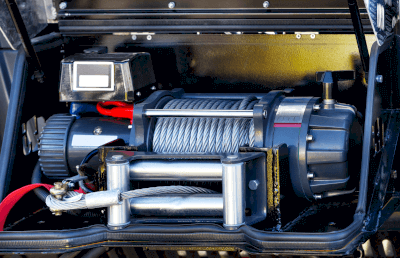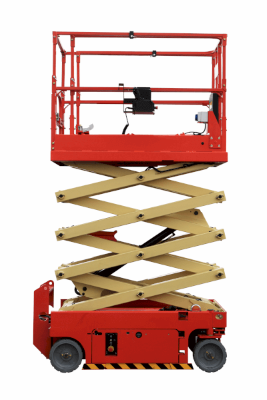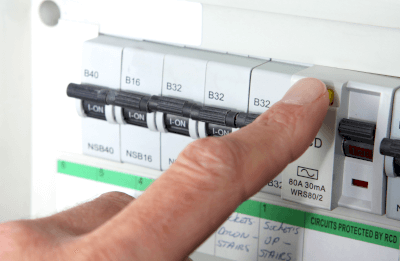What Is an Electronic Counter?
An electronic counter is a device that utilizes electronic circuits or sensors to automatically count occurrences or objects. Compared to electromagnetic counters, they offer faster and more accurate measurements but require a power source for their digital components. These counters are broadly categorized into electronic total counters, which display cumulative counts, and electronic preset counters, which signal upon reaching a pre-defined count.
Uses of Electronic Counters
Electronic counters find applications across various fields for both quantitative control and precise feedback mechanisms. They are instrumental in manufacturing for product tallying, parking lot management for space tracking, and retail for inventory management. Additionally, they play a crucial role in traffic management systems, event attendance tracking, and in combination with a rotary encoder or photoelectric sensor for precise control of machinery based on specific measurements.
Principle of Electronic Counters
The core of an electronic counter is a digital circuit that counts pulses and typically includes flip-flop circuits for binary counting. To make the binary count understandable, most counters feature an LED display that presents the count in decimal form. Preset counters also have a functionality to compare the count with a preset number and generate a specified output. These devices generally rely on batteries or external power sources for operation.
How to Select an Electronic Counter
- Suitability for the Application: Determine the specific needs and operational environment to narrow down the options.
- Accuracy and Reliability: Opt for counters known for precise measurements and consistent performance, considering both manufacturer reputation and user reviews.
- Interface and Data Management: Choose counters with user-friendly data handling capabilities, considering the need for connectivity options like USB, Wi-Fi, or Bluetooth for efficient data management.
- Budget and Cost: Balance between cost and required functionalities, ensuring the selected counter meets your accuracy needs within budget constraints.
Electronic counters are a vital tool in automating and optimizing data collection and analysis across various applications, from industrial manufacturing to public event management.
